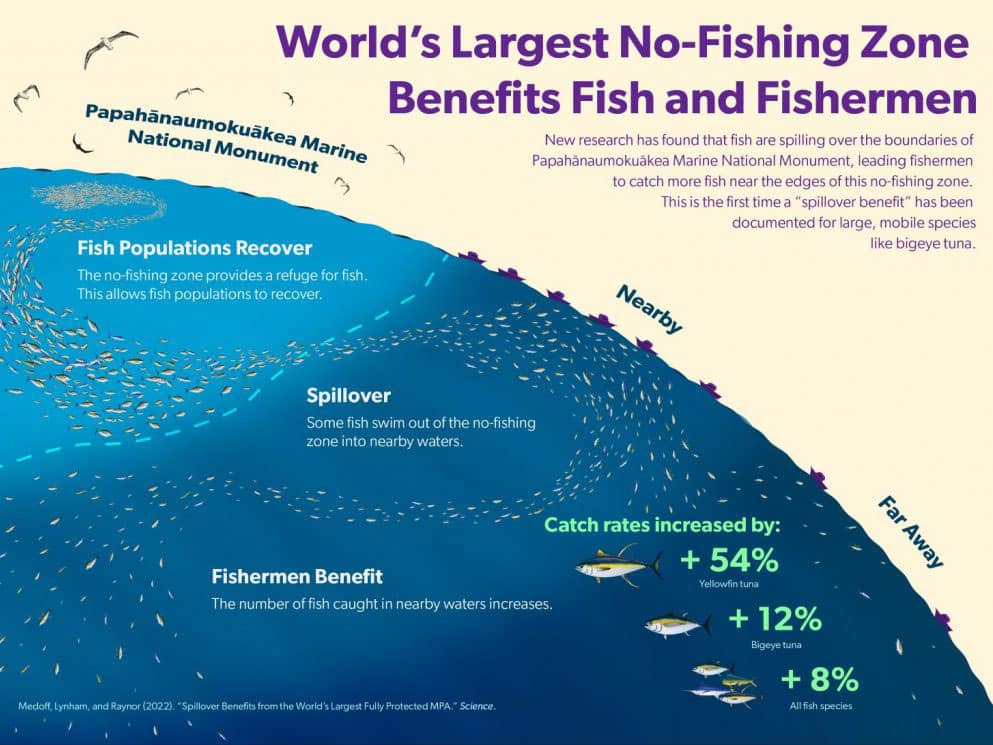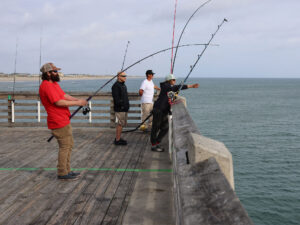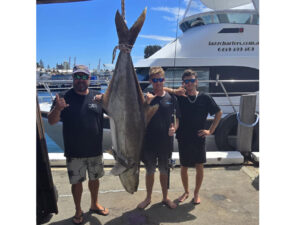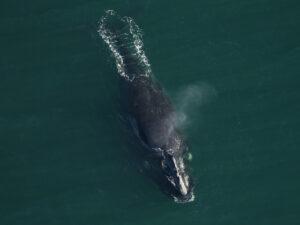
A new University of Hawaii marine study recently published in the journal “Science” shows Marine Protected Areas (MPAs) – or no-commercial fishing zones – can help restore tuna and other large migrating fish populations, in addition to aiding numbers of more resident species of fish, including lobster and others.
“We show for the first time that a no-fishing zone can lead to the recovery and spillover of a migratory species like bigeye tuna,” study co-author John Lynham, a professor in the Department of Economics at UH-Mānoa’s College of Social Sciences, said in a study press release.
Yellowfin tuna increased 54 percent in waters near the massive size MPA, with slower-growing bigeye tuna rebounding 12 percent in the same time.
Researchers say this is the first time a study has shown that a large, ideally located MPA has shown to aid migrating species like tuna, having a “spillover” effect in addition to improving resident MPA fish numbers, such as abundant reef species.
Previously, MPAs were believed to simply aid regional fish species living in or near closed fishing zones. But Papahānaumokuākea is the world’s largest MPA, covering over 582 million square miles, roughly four times the size of California. It’s located west of Hawaii and was created in 2006.
Its massive size disallowing commercial fishing within the MPA is believed to be the reason it is aiding large, highly mobile migrating fish such as tuna.
Papahānaumokuākea harbors countless seabirds and over 7,000 different marine species. No commercial fishing is allowed within its boundaries.
“Over the past 30 years, we have learned that tunas do not venture as far away from home as we once thought,” study co-author Jennifer Raynor, a professor in the Department of Forest and Wildlife Ecology at the University of Wisconsin-Madison. “The Hawaiian Islands are a nursery for baby yellowfin tuna, and it turns out that many of these fish stay in the region.”








